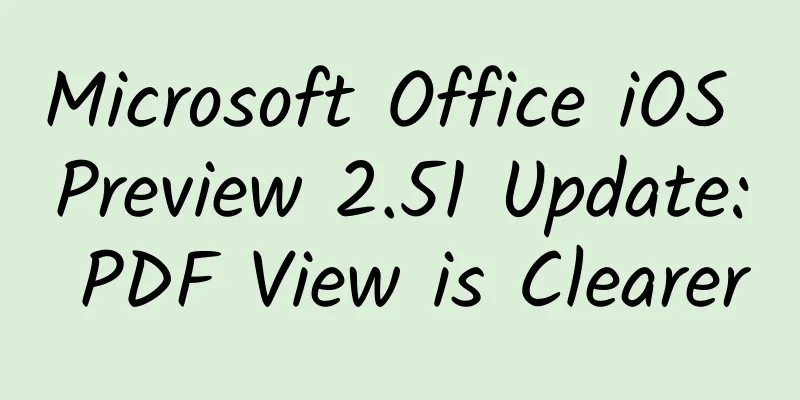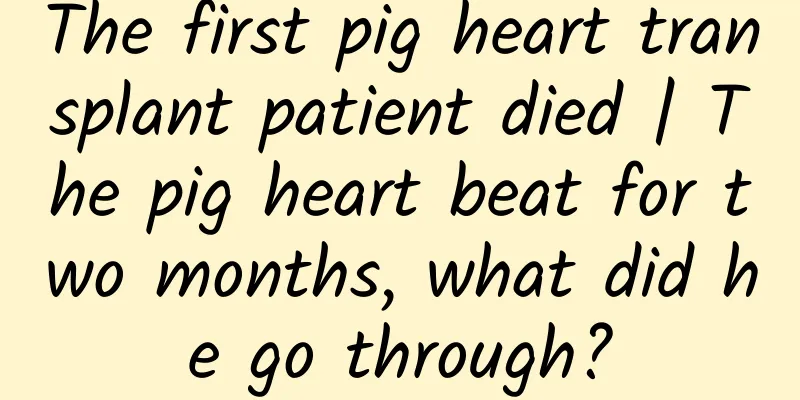iOS users reject ad tracking, advertisers turn to Android

|
App Tracking Transparency (ATT) is a new feature introduced in iOS 14.5 that allows users to refuse ad tracking across apps and the web. This controversial feature disables IDFA, one of the most widely used tracking identifiers. The Post-IDFA Alliance collected advertising data from its member companies to compare how the market changed before and after the launch of the app anti-tracking feature. The alliance members include Liftoff, AdColony, Fyber, ChartBoost, InMobi, Vunger, and Single. The survey showed that these companies increased their ad spending on Android from 8.3% to 21%. At the same time, their ad spending on iOS generally decreased, but the decline was smaller, only about 3%. Vungle was the only company that increased spending on both platforms, increasing its spending on Android and iOS by 21% and 3.3%, respectively. The company said that this spending change is just an experiment as it looks at trends in the industry. Overall, the end result of these shifts from iOS to Android could be an increase in overall ad spending across the industry. In the two weeks following the release of iOS 14.5, the Post-IDFA Alliance said user adoption rates ranged from 11.5% to 14.92%, calling this a "low adoption rate relative to past iOS updates." As the market grows, the ad industry will gain more insight into the true impact of this update. According to AdColony data, about 36.5% of users who updated to iOS 14.5 chose to accept tracking. However, Single, a member of the Post-IDFA Alliance, said that only 16.8% of users chose to accept ad tracking, about 18.9% of users completely turned off "Allow apps to request tracking" in the settings, and 64.28% of users refused tracking. Adoption rates given by each member of the Post-IDFA Alliance varied, but ranged from a high of 36.5% to a low of 16.8%, with neither figure representing a worst-case scenario for the industry. At the same time, the cost of ad impressions on iOS 14.5 has also decreased, with the cost per thousand impressions (CPM) falling by 2.4% (Liftoff) to 8.73% (AdColony). Advertising industry leaders expect an initial decline, but this may only be temporary. The Post-IDFA Alliance predicts that as more users adopt iOS 14.5 and marketers have more confidence in ad performance, CPMs will steadily increase over time. |
Recommend
The most commonly used Windows download software is broken? There are 7 tools to help you solve the download problem
Once upon a time, downloading was a very simple t...
Popular Science Illustrations | Looking back at a hundred years of geophysical exploration
Modern oil exploration began in the mid-19th cent...
Use this trick well and your user conversion rate will increase exponentially!
Let me tell you a story first: Smart little begga...
Silver brings Apple's Swift to the .NET and Java worlds
Silver is a free implementation of Apple's Sw...
How can startups use community operations to boost user growth?
From the perspective of growth hacking, community...
Looks cool iris photos, but actually hides a mystery
Produced by: Science Popularization China Author:...
What are the meatballs in hot pot made of? Don’t buy these three types!
Expert in this article: Wang Silu, National Senio...
Mr. Persistence: Delay training video course, teach you how to control delay skills
Mr. Persistence: Delay training video course, tea...
Regarding solar flares, all your concerns are addressed at once
The National Space Weather Monitoring and Early W...
2019 Tik Tok promotion and operation strategy!
20% of the videos account for 80% of the views, b...
[Precise selling points + excellent creativity] The financial industry will win by promoting like this!
In recent years, Internet finance has developed r...
The hottest pepper has broken the record! Only 5 people in the world have eaten it
The world's hottest pepper has been renamed t...
Android founder Rubin leaves Google to focus on business incubator
Former Android head Andy Rubin is reportedly leav...
Advertising results are always poor? Have you done these 5 things?
When you first came into contact with the Interne...
10 things to know before buying a mobile VR headset
1. Field of view Some of the most popular domesti...









